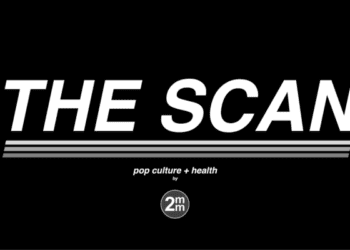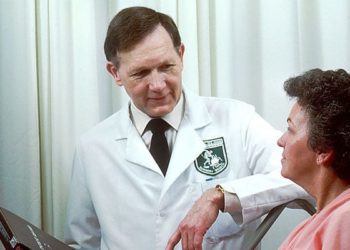Adults over the age of sixty-five spend over twenty days per year obtaining health care
1. In this cross-sectional study, community-dwelling adults over the age of sixty-five averaged nearly twenty-one “health care contact days” per year.
2. Approximately half of the visits for laboratory testing or imaging did not have an associated office visit.
Evidence Rating Level: 2 (Good)
Study Rundown: Utilization of healthcare services can present a significant physical and financial burden, especially to older adults. “Health care contact days” is a metric intended to reflect the totality of healthcare use outside the home, as well as offer insight into both cost and accessibility. This nationally representative study aimed to characterize the healthcare habits of older adults by analyzing Medicare data from 2019. It was found that older adults spent, on average, nearly three weeks receiving healthcare within the year; over a tenth of beneficiaries had nearly one contact day per week. Ambulatory care accounted for over three-quarters of total visits, with specialty visits and treatments being the two most common types. Tests and imaging also contributed substantially to the number of ambulatory days, but about half of test days and imaging days did not have a corresponding visit. Several factors were associated with more contact days, including younger age, White race, higher income, urban residence, and more chronic conditions. Notably, only one-third of the variation in contact days was accounted for by clinical and sociodemographic factors during regression modeling. Some limitations of this study were that home-based services were not analyzed, and contact days were not weighted. Nonetheless, these findings underscore the presence of healthcare in the lives of older adults and indicate a chance to improve care coordination.
Click to read the study in AIM
In-Depth [cross-sectional study]: This cross-sectional study utilized national Medicare survey and administrative claims data from community-dwelling adults who were 65 years and older at the start of 2019. Beneficiaries with end-stage renal disease were excluded because of differences in billing procedures. In total, 6,619 individuals were included in the final analysis and had means of 17.3 ambulatory contact days (Standard Deviation [SD], 22.1) and 20.7 total contact days (SD, 27.5). Ambulatory days were composed of specialty care visits (mean, 5.6 days), treatments (mean, 5.7 days), tests (mean, 5.3 days), imaging (mean, 2.6 days), and procedures (mean, 2.6 days). Among ambulatory contact days, 48.6% of test days and 50.1% of imaging days were not associated with a visit. Further, within the realm of specialty care visit days, the most represented departments were ophthalmology (12.0%) and cardiology (9.0%). Increasing age was found to be significantly associated with a lower number of total contact days, with up to a -35.5% difference in utilization between those aged 85+ and those aged 65-69 (95% Confidence Interval, -41.9 to -28.4). Other significant negatively associated factors were Hispanic ethnicity (difference, -20.3%), lower income (difference, -16.7%), rural residence (difference, -13.4%), and less education (difference, -12.0%). Significant positively associated factors included female sex (difference, 13.7%), care-seeking attitudes such as “go to doctor as soon as I feel bad” (difference, 10.9%), and functional impairment (difference, 7.2%). Overall, these findings give insight into the habits and disparities surrounding health care use in older adults.
Image: PD
©2024 2 Minute Medicine, Inc. All rights reserved. No works may be reproduced without expressed written consent from 2 Minute Medicine, Inc. Inquire about licensing here. No article should be construed as medical advice and is not intended as such by the authors or by 2 Minute Medicine, Inc.









